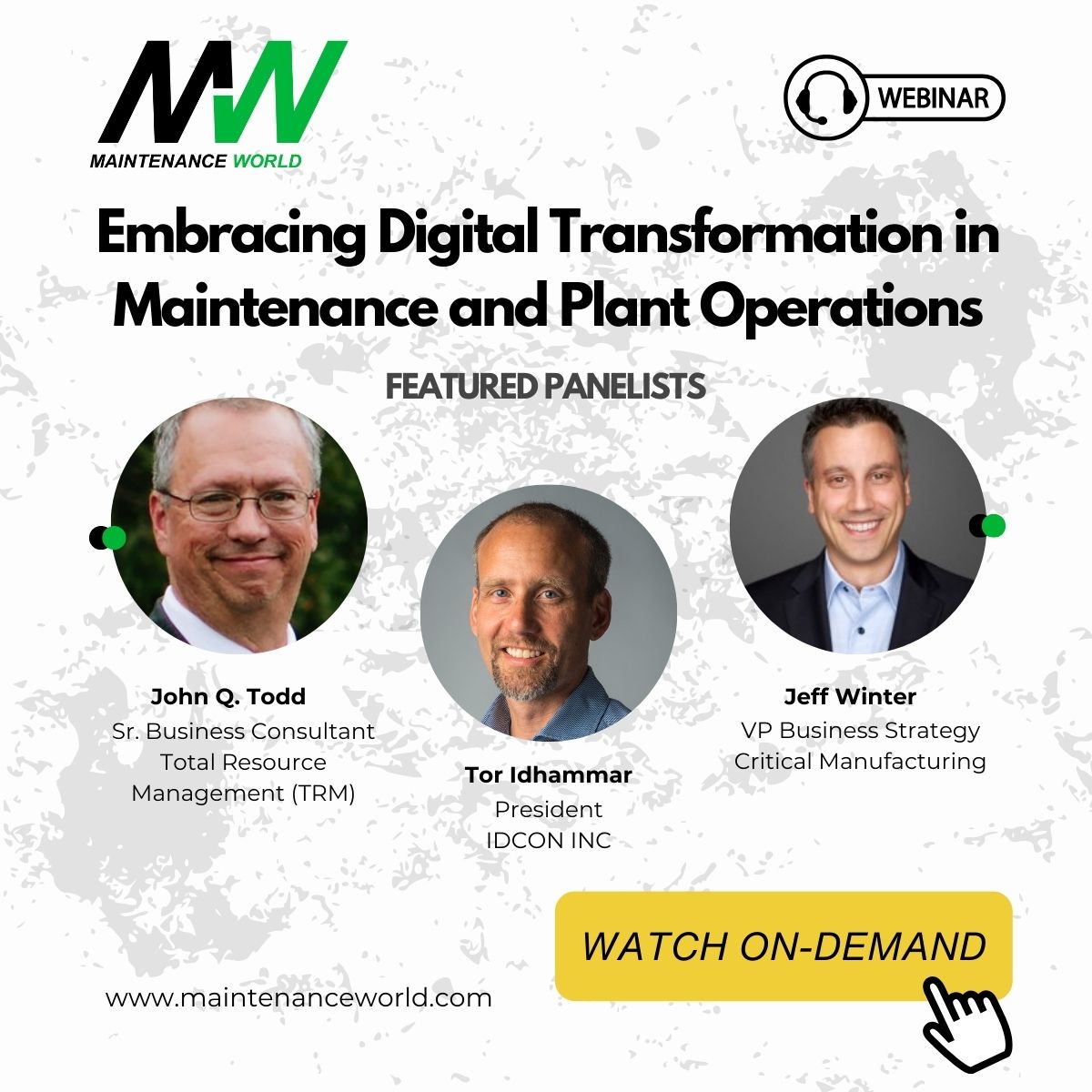Solar Engineering FAQ: Harnessing the Power of the Sun
Posted 1/14/2025
The world is increasingly turning towards renewable energy solutions to combat climate change and create a sustainable future. Solar engineering, one of the most promising fields in this energy transition, taps into the inexhaustible power of the sun. This comprehensive FAQ will delve into the key aspects of solar engineering, answering common questions and shedding light on this pivotal technology.
What is Solar Engineering?
Solar engineering involves the study, design, and application of systems that convert sunlight into usable energy. Engineers in this field work with photovoltaic cells (PV), solar thermal, and concentrated solar power technologies to harness and optimize solar energy for residential, commercial, and industrial use.
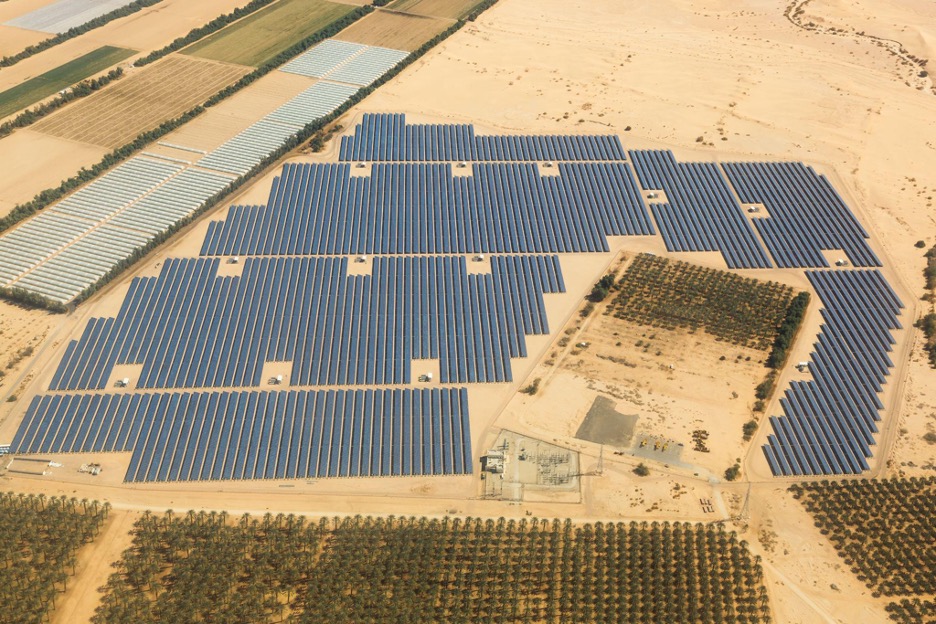
How Do Solar Panels Work?
Solar panels are comprised of photovoltaic cells made from semiconductor materials like silicon. When sunlight hits these cells, it knocks electrons loose from their atoms, generating an electric current. This direct current (DC) is then converted into alternating current (AC) using an inverter, making it compatible with the electrical grid.
What are the Main Components of a Solar Power System?
- Solar Panels: The primary component, these capture and convert sunlight into electricity.
- Inverter: Converts DC from solar panels into AC for home or grid use.
- Mounting System: Structures that support and position panels for optimal sun exposure.
- Batteries (Optional): Store excess solar energy for use when sunlight is not available.
- Monitoring System: Tracks energy production and system performance.
For more in-depth information on solar power systems, visit JMS Energy.
How Solar Engineering is Transforming the Manufacturing Industry
Solar engineering has significantly influenced the manufacturing sector by driving sustainability, reducing operational costs, and enabling energy independence. Here’s how:
- Lower Energy Costs for Manufacturers
Manufacturers are large consumers of electricity, often incurring high utility bills. Solar engineering enables factories to install large-scale solar arrays, drastically reducing their dependence on traditional energy sources. Over time, these savings can be reinvested in technological upgrades or expanded production lines. - Sustainable Manufacturing Practices
With the shift towards net-zero emissions, solar energy helps manufacturers meet environmental compliance standards and reduce their carbon footprint. Many global companies are adopting solar power as a primary energy source to align with green manufacturing goals and enhance their corporate social responsibility profiles. - Powering Smart Manufacturing
Solar energy supports the implementation of advanced technologies like IoT (Internet of Things) and robotics. With stable, renewable energy sources, manufacturers can optimize production efficiency while minimizing downtime caused by fluctuating energy supplies. - Localized Manufacturing and Energy Independence
By leveraging solar engineering, companies can establish manufacturing plants in remote areas where traditional grid connections are unavailable or unreliable. This not only broadens industrial reach but also fosters localized economic growth by providing energy and job opportunities. - Reduced Maintenance and Downtime
Modern solar panels are highly durable, often requiring minimal maintenance. This ensures that manufacturing processes powered by solar energy experience fewer disruptions, leading to consistent production cycles and improved output. - Custom Solar Solutions for Manufacturers
Many solar engineering firms now offer tailored solutions, such as rooftop installations or solar carports, specifically designed for manufacturing environments. These systems maximize energy output without compromising valuable factory floor space.
What Types of Solar Power Systems Are Available?
Grid-Tied Systems
These are connected to the local utility grid, allowing for the use of grid electricity when needed and the ability to sell excess power back to the utility company.
Off-Grid Systems
These systems operate independently of the utility grid, utilizing battery storage to provide electricity continuously.
Hybrid Systems
Combining the features of both grid-tied and off-grid systems, hybrid systems offer more flexibility by connecting to the grid while also using battery storage.
What Are the Environmental Benefits of Solar Power?
- Reduced Carbon Footprint: Solar power systems emit no greenhouse gases while generating electricity.
- Reduced Air Pollutants: Shifting from fossil fuels to solar reduces air pollution sources.
- Conservation of Water Resources: Solar requires little to no water for operations unlike some other energy sources such as coal or nuclear.
For detailed insights on the environmental impact and benefits of solar power, read more at JMS Energy.
What Makes a Location Suitable for Solar Installation?
- Sunlight Exposure: The more direct sunlight a location receives, the better. Ideally, panels should face south in the northern hemisphere to maximize exposure.
- Roof Condition and Capacity: A strong, well-oriented roof with sufficient space is ideal for solar installations.
- Local Regulations and Incentives: Check for available local, state, or federal incentives that can offset installation costs.
How Much Will I Save with Solar Panels?
Savings depend on several factors including local electricity rates, system size, and energy usage patterns. On average, homeowners can save tens of thousands of dollars over the lifespan of solar panels.
What is the Lifespan of Solar Panels?
Most solar panels come with a warranty lasting 20 to 25 years, but panels can continue to function beyond this period, albeit with reduced efficiency. Regular maintenance can extend their efficient operation.
How Does Net Metering Work?
Net metering is a billing mechanism whereby homeowners are credited for excess solar energy returned to the grid. It helps to balance out the cost of electricity drawn from the grid when solar production is insufficient.
Can Solar Systems Work in Cloudy or Cold Climates?
Yes, solar panels can function in cloudy or cold climates. They rely on photovoltaic or thermal processes, which are still active even in diffused sunlight. Additionally, cooler temperatures can improve PV efficiency.
Are There Any Maintenance Requirements for Solar Panels?
Solar panels require minimal maintenance. Regular cleaning to remove dirt and debris and periodic inspections to ensure the system components are intact is typically sufficient.
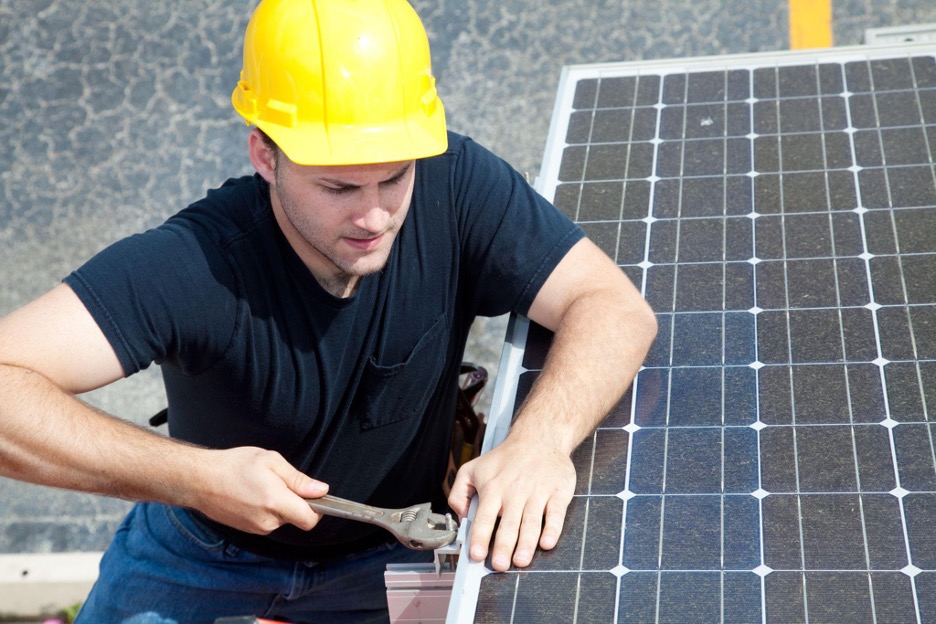
What Are the Latest Innovations in Solar Technology?
Recent innovations include:
- Bifacial Panels: Capture sunlight on both sides for increased efficiency.
- Floating Solar Farms: Utilize bodies of water, saving land space and reducing evaporation.
- Perovskite Cells: Promising high efficiency and lower costs but are still in development.
How Do I Choose the Right Solar Engineering Company?
When choosing a solar engineering company, consider:
- Experience and Reputation: Look for companies with a strong track record and positive client testimonials.
- Comprehensive Services: Select companies offering installation, monitoring, and maintenance.
- Responsive Customer Support: Excellent customer service facilitates a smoother transition and iterative support.
For a reliable partner in solar engineering, consider reaching out to JMS Energy.
Conclusion – Solar Engineering
Solar engineering is at the forefront of the renewable energy revolution, offering sustainable and efficient solutions to meet our ever-growing energy needs. Understanding how solar systems work, their benefits, and how to choose the right system for your needs is crucial. Whether you’re looking to reduce your carbon footprint or decrease your electricity bill, solar engineering has the potential to illuminate a path to a greener future.
Related Articles

Achieve Energy Savings in Plant Facilities
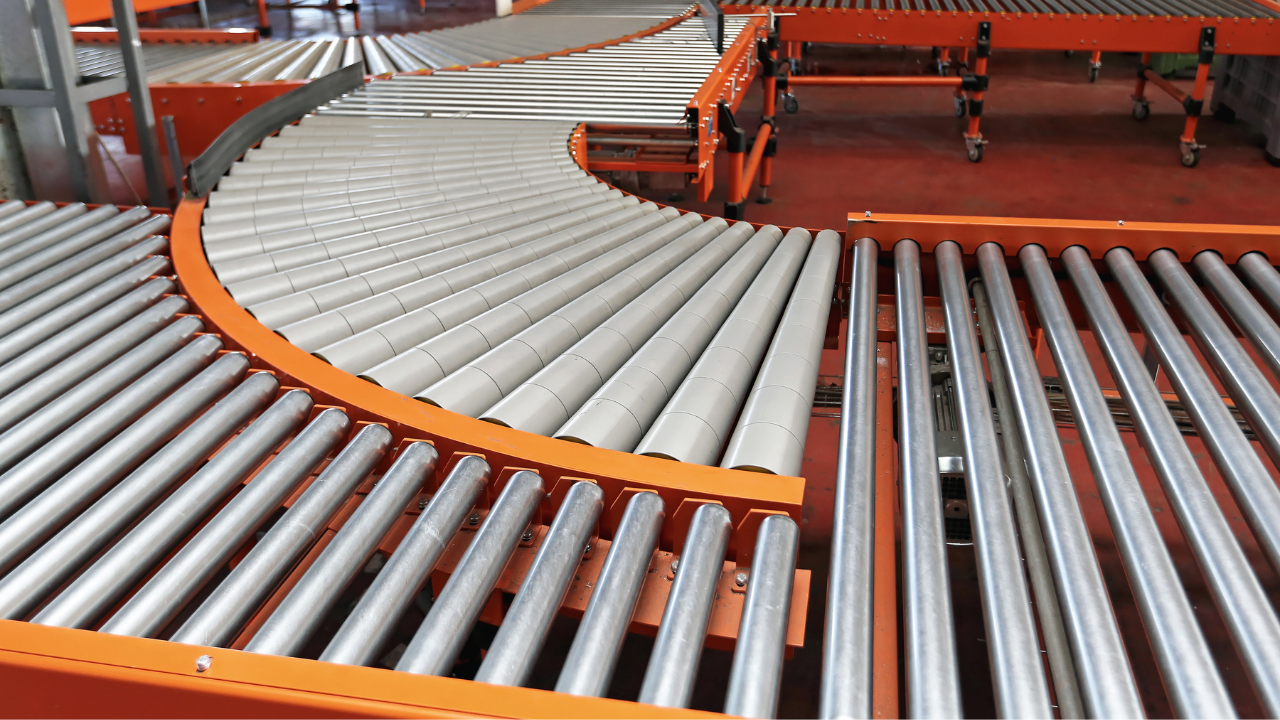
Eliminating Conveyor Concerns

The Full Circle of Engineering Education

Developing Marketable Engineering Skills
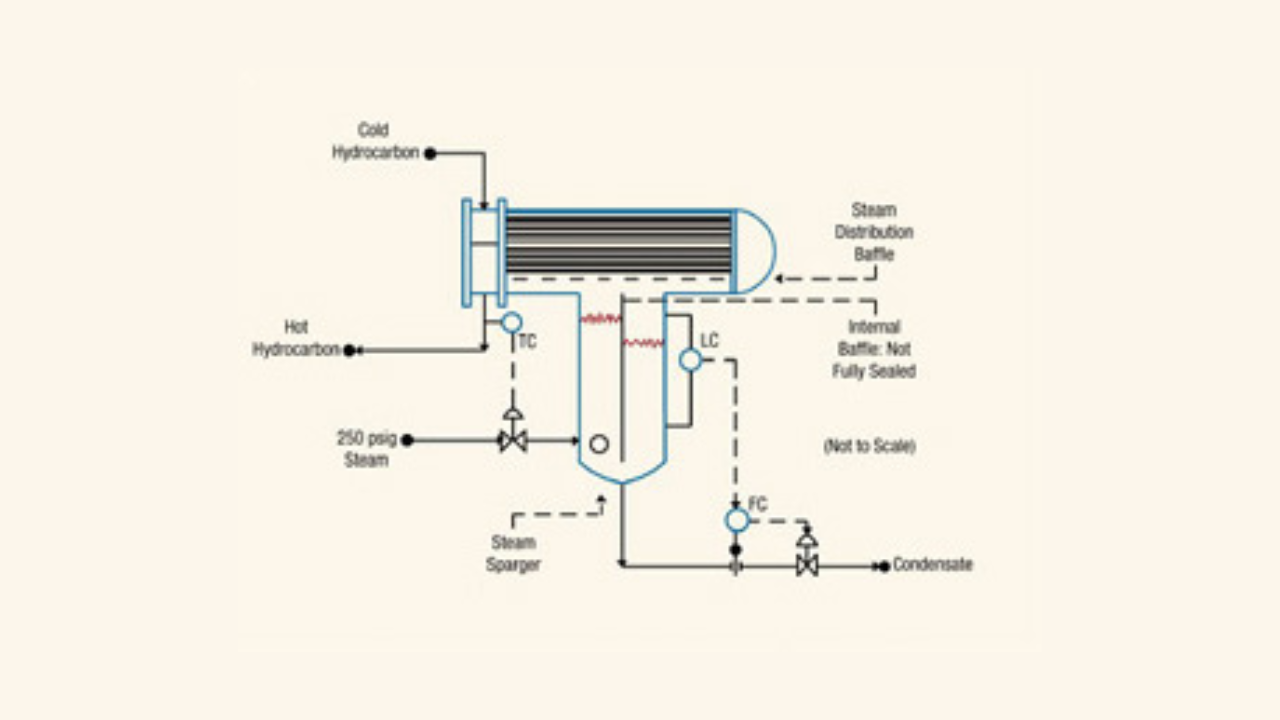
Preheater Points Out the Value of Cooling Off

Design for Maintainability: The Innovation Process in Long Term Engineering Projects







